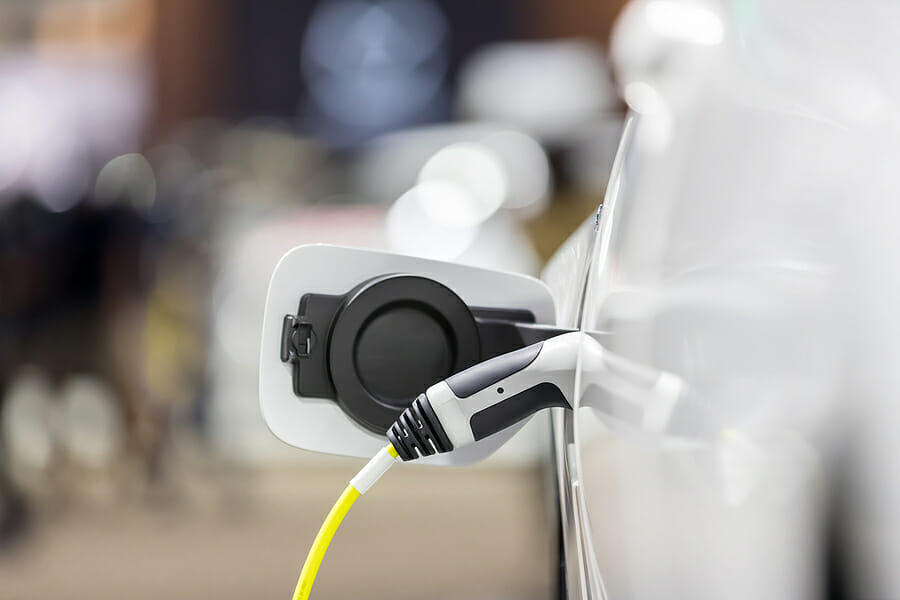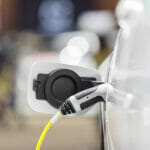Electric cars have been hailed as the future of transportation, promising a cleaner and more sustainable way to get around. But as anyone who owns an electric car will tell you, there are some charging challenges that come with the territory, which has left a lot of people asking why can’t electric vehicles charge themselves and save us all the hassle!
The Convenience of Home Charging
Table of Contents
One of the primary reasons people opt for electric cars is the convenience of home charging. Imagine never having to visit a gas station again – that’s the dream many EV owners are living. With a home charging station, you can simply plug in your car overnight and wake up to a fully charged battery, ready to take you wherever you need to go. But, of course, there’s a catch.
The Slow and Steady Home Charge
While home charging is convenient, it’s not always lightning-fast. Most residential chargers deliver power at a rate of 7 to 22 kilowatts, which means it can take several hours to fully charge your EV, depending on the size of your battery. For daily commuting and regular errands, this is usually sufficient. However, if you’re planning a long road trip, you’ll need to plan your charging stops strategically. That being said, newer home charging stations are becoming more and more sophisticated. Certain chargers can even be hooked up to a home battery system, allowing for using electric car to power house.
The Challenge of Public Charging
When it comes to public charging, the landscape is a bit more complicated. While the number of public charging stations is growing, it’s not always a seamless experience. Here are some of the challenges you might encounter:
1. Finding Available Chargers
Locating an available charging station can sometimes feel like a scavenger hunt. Especially in densely populated areas, you might have to circle around the block a few times before you find an empty spot.
2. Different Charging Standards
Not all charging stations are created equal. There are multiple charging standards, including CHAdeMO, CCS, and Tesla’s proprietary Superchargers. Not all EVs are compatible with all standards, which can be confusing for drivers.
3. Charging Speeds Vary
The speed at which your EV charges depends on the charger’s power output. Some stations offer fast-charging options, while others are slower. This means you might have to wait longer if you happen to pull up to a slow charger.
Range Anxiety: A Real Concern
Range anxiety is a term often used to describe the fear of running out of battery power before reaching your destination or the next charging station. It’s a legitimate concern for many electric car owners, especially those who are new to the EV world.
Electric Car Ranges Vary
Not all electric cars have the same range, and it can be challenging to determine exactly how far your vehicle can go on a single charge. While some newer models offer ranges of over 300 miles, older or more affordable EVs might only provide 100 miles or less.
Cold Weather Can Be a Downer
Extreme temperatures, especially cold weather, can significantly impact your EV’s range. Batteries tend to perform less efficiently in the cold, causing a reduction in miles per charge. It’s essential to factor in weather conditions when planning your trips.
Charging Infrastructure: A Work in Progress
The charging infrastructure for electric cars is still evolving. As the demand for EVs continues to grow, so does the need for more charging stations. Fortunately, governments and private companies are investing in expanding the network, but it will take time to reach the level of coverage that gasoline stations currently provide.
The Role of Government Incentives
Many governments around the world offer incentives to encourage the adoption of electric cars. These incentives can include tax credits, rebates, and funding for charging infrastructure. However, the availability and generosity of these incentives vary from place to place.
Tips for Overcoming Charging Challenges
While there are certainly challenges associated with charging electric cars, there are also solutions and strategies to make the experience more manageable. Here are some tips to help you overcome charging hurdles:
1. Plan Your Routes
Before embarking on a long trip, use electric vehicle route planners and apps to map out your journey, including charging stops. This will help you avoid range anxiety and ensure a smooth ride.
2. Know Your Charging Options
Familiarize yourself with the different types of charging stations and standards available in your area. Understanding where and how you can charge your EV will save you time and frustration.
3. Utilize Off-Peak Charging
Electricity rates often vary throughout the day, with lower prices during off-peak hours. Take advantage of these cheaper rates by scheduling your charging sessions during non-peak times.
So, whether you’re already an electric car enthusiast or considering making the switch, remember that the future of transportation is electric, and the challenges are just part of the journey.
Image Source: BigStockPhoto.com (Licensed)
Related Categories: Cars & Vehicles, Environmental, Reviews








